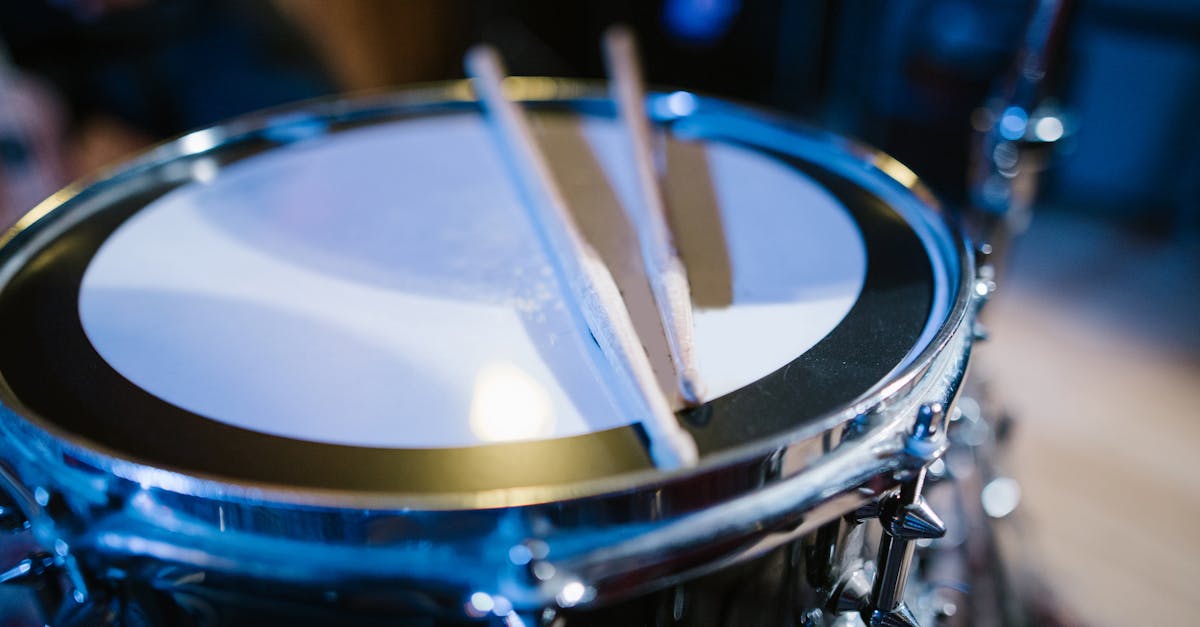Global Rhythms That Connect Us
Introduction
Rhythm is the heartbeat of music, a universal language uniting humans across cultures, continents, and ages. From the tribal drumbeats of Africa to the sophisticated jazz rhythms of New Orleans, the diversity of rhythms worldwide is both vast and mesmerizing. Music, long considered the essence of human expression, relies on rhythm to convey emotion, tell stories, and communicate beyond words. Many rhythms have traveled across oceans, influencing and transforming the musical landscape of regions far removed from their origins. But what makes a rhythm resonate globally, and how do these sounds form connections that bridge cultural differences? This article delves into the world of global rhythms, uncovering how they act as a thread weaving together humanity's rich cultural tapestry.
Advertisement
The Origins of Rhythm
Rhythm's roots trace back to the dawn of civilization when early humans first discovered sound through nature. Indigenous tribes worldwide harnessed rhythm in rituals and ceremonies, believing it to be a bridge to the spiritual realm. African rhythms, among the most ancient, laid the groundwork for many forms of globally recognized music genres today. As overland and maritime trade routes developed, these primal rhythms began to journey, adapting and evolving. The Indian tabla and the Arabic daf are rhythmic innovations that have enriched the musical lexicon, highlighting the significance of rhythm in cultural exchange. Today, we see these roots in every corner of the musical globe.
Advertisement
The Role of Rhythm in Identity
Rhythm not only connects people globally but also plays a pivotal role in shaping cultural identities. The syncopated beats of reggae emerged as a voice for Jamaican freedom and resilience, now symbolic of Caribbean culture. Flamenco rhythms tell tales of passion and struggle, embodying the spirit of the Romani people and Spain itself. As cultures incorporate rhythmic elements into their music, they reflect and retain their collective histories and aspirations. These rhythms act as cultural markers, preserving a people’s story, struggle, and success for future generations. Thus, rhythm becomes more than an art form; it is a vital aspect of cultural legacy.
Advertisement
Rhythms Crossing Borders
The global travel of rhythms has often occurred alongside migration and exchange, where cultures blend and influence each other. Jazz, born from African American communities in the United States, showcases rhythms evolving through exposure to other music styles, from European classical to Latin American samba. Similarly, hip-hop, with its distinct beats and rhythms, has been adapted by artists from Korea to France, showing its universal appeal. The movement of these rhythms across borders fosters mutual understanding, appreciation, and respect, dismantling stereotypes and prejudices. In this way, music acts as an ambassador, promoting harmony through shared experience.
Advertisement
The Science Behind Rhythm
Recent studies show rhythm’s profound impact on the human brain, revealing why it's a powerful binding force. Neuropsychologists have identified that listening to rhythm stimulates areas associated with movement, emotions, and memory. Synchronizing to a beat with others can foster social bonds, feelings of unity, and even community building. This neurological engagement could explain humanity's ancient need to create, share, and transform rhythms. Thus, rhythm isn't just sound; it's a biologically ingrained mechanism fostering both personal connection and collective experience, making it a universal force just as much as a musical one.
Advertisement
Modern Influences on Traditional Rhythms
As technology evolves, so does the music it inspires. The 21st century has witnessed traditional rhythms revitalized through electronic and digital music platforms. Electronic dance music frequently samples traditional African and Eastern rhythms, bringing these iconic patterns to global dance floors. Meanwhile, hip-hop introduces sampling, remixing, and digital production, enabling cross-cultural rhythms to thrive. This modern transformation breathes new life into time-honored patterns, allowing contemporary musicians to pay homage to and reimagine the rhythms that have shaped their art. Technology continues changing the ways rhythms are shared, experienced, and appreciated worldwide.
Advertisement
Cultural Collaborations through Rhythm
Musicians today often seek to blend rhythms from multiple cultures, creating some of the most innovative and captivating pieces. Artists like Shakira, who mixes Latin American rhythms with Western pop, or Ravi Shankar, who incorporated Western orchestration with Indian sitar rhythms, serve as examples. These collaborations embody the spirit of globalization, promoting cultural dialogue and understanding. By engaging in these cross-cultural exchanges, musicians spotlight the universal power of rhythm, breaking down barriers and fostering a sense of global community. These creative partnerships have been pivotal in shaping modern global sounds.
Advertisement
Rhythm in the Digital Age
The rise of digital platforms has democratized rhythm, making global music accessible at the click of a button. Streaming services expose listeners to rhythms from every corner of the globe, while social media enables musicians to share and collaborate easily. Online platforms have empowered emerging artists to experiment and innovate by easily accessing diverse rhythms. The increased connectivity allows these rhythms to influence and inspire new creations, leading to an era of unprecedented musical fusion and creativity. The digital world, with rhythm at its core, is an evolving landscape where possibilities for novel sounds are limitless.
Advertisement
The Future of Global Rhythms
As we look ahead, the future of global rhythms promises endless innovation and exchange. Technological advancements and cultural openness create unprecedented opportunities for creativity. Musicians continue to embrace the influence of other cultures, maintaining a harmonious blend of tradition and innovation. Education systems increasingly recognize world music's value, integrating rhythmic studies into curricula, cultivating appreciation among young generations. By further opening channels for global collaboration, the musical world can continue building bridges, uniting people, and enhancing cultural empathy. As a testament to humanity’s interconnectedness, rhythm's role in the global community will remain profound.
Advertisement
Conclusion
Global rhythms demonstrate the power of sound to transcend boundaries, uniting cultures through shared experiences. By connecting ancient traditions with modern innovation, these rhythms uphold rich, timeless narratives that celebrate human creativity. Embracing the universality of rhythm allows us to understand and appreciate cultural differences, fostering acceptance and unity. As technology advances, rhythm will undoubtedly evolve, echoing our ever-changing world while maintaining its timeless essence. Ultimately, rhythm serves as both a reminder of our collective past and testament to a hopeful harmonious future.
Advertisement







